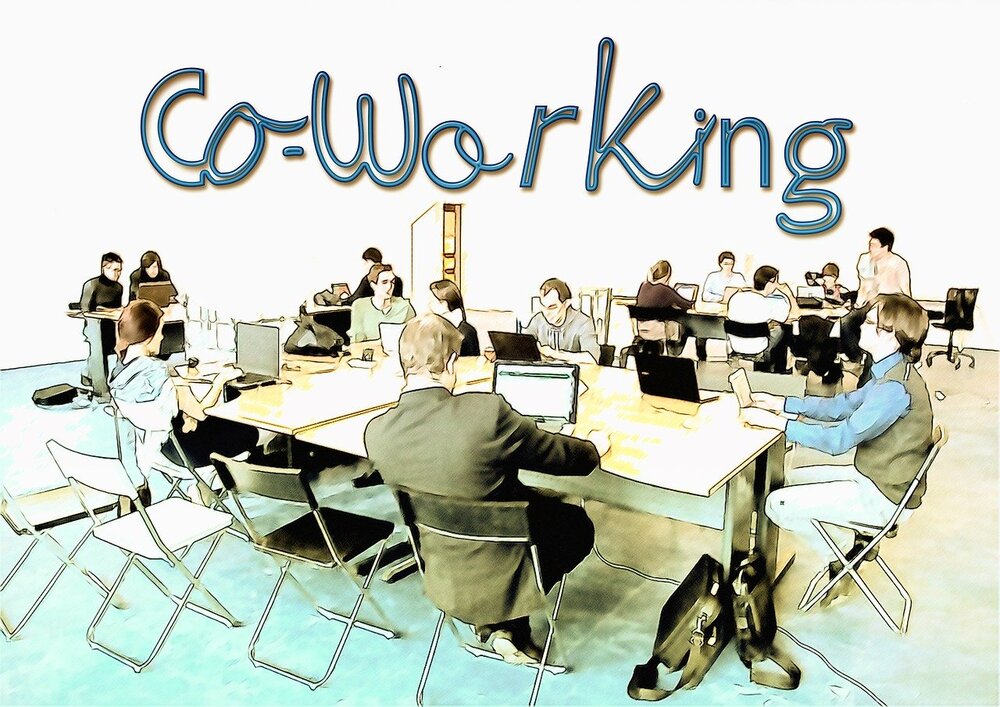We offer you and your projects’ partners a win-win solution based on a solid, long-lasting, fruitful relationship
You outsource the mundane & concentrate on what you do best
This article is part of a blog series on the labor shortage in the construction industry. To overcome the labor shortage, the industry will have to automate its processes and use various technologies to boost efficiency, strengthen employee retention, attract the younger generation, and make recruitment attractive by offering competitive wages and benefits.
Employee recruitment presents challenges and is expensive in every industry. The construction industry is one of the most difficult, due to the poor perception in the market. It is exceedingly difficult to find new ways to interest current employees and attract new ones.

Long-term workers have been the backbone of the industry, but they are retiring. Younger workers are not stepping in to fill the open positions.
The introduction of new technologies, like BIM, the skills gap, and safety hazards, make training crucial for the industry's survival. Losing trained employees is expensive.
It is crucial to find innovative ways to attract younger employees in the industry and demonstrate to them the long-term benefits of a growing career and a continuous learning philosophy in construction. Unfortunately, the sector does not encourage new recruitment techniques, meaning lost opportunities to attract inexperienced staff.
Blue-collar jobs are disadvantaged, as schools, professionals, and parents push pupils in high schools toward higher education rather than an apprenticeship.
The construction jobs pay well and provide employees with training on the job, but they are not advertised enough for potential employees.
After COVID, governments and businesses lifted restrictions, providing interesting opportunities for construction companies to attract workers from other industries. To compete with companies in the construction sector, we need new recruiting techniques.
A different approach to recruitment is to meet potential employees where their job searches are. Maximizing the use of tools on platforms like LinkedIn is essential to gain visibility and attract prospective employees. It will demonstrate to potential recruits your ability to use technology for communication and collaboration in the field.
Skilled employees who have remained with you during tough times are living examples of what the work experience is like within your firm. Ensuring that they feel appreciated will encourage your staff to be connected on social media. Happy employees will serve as brand ambassadors to jobseekers around them.
Investing money to review and improve your processes will attract and retain long-term employees to the company.
Reviewing your compensation scheme can attract potential employees without affecting your loyal employees who have been sharing the load for years.
Bonus schemes and long-term incentives may encourage achievements and make all employees feel welcome and appreciated.
I suggest you advertise your training policies to potential and existing employees and communicate that workers will be rewarded for their educational efforts and hard work. By doing so, your people will not be tempted to look somewhere else, it could also deter them from jumping to another job if they are hunted by your competitors.
I recommend that you have regular one-on-one meetings with your staff, to ensure their goals are in line with the company’s strategy. They can then feel comfortable advertising the firm to their friends and introducing potential recruits.
I encourage you to constantly monitor technological advancements and improve your processes to attract fresh graduates seeking long-term placement and advancing careers.
When sending contractual information to recruits, without meeting face-to-face, providing them with digital documents that can be signed electronically, it is also important to demonstrate that your company is technically savvy.
Managing proactively and strategically your talent recruitment and selection processes, mapping out the types of workers and skills needed to fill vacancies, allows you to be more focused and successful on your job screenings.
Establishing training and development programs helps you attract and retain talent.
Hiring the right skills and personalities helps you to create a culture where your staff feel comfortable and happy. Your staff turnover, is diminished, contributing to your efficiency and productivity.
If you like to retain your employees, here are some ideas you can apply
Welcoming policies set up your new employees for success right at the beginning. The policies should cover the job tasks, the company culture and what behaviors are expected from the staff.
Mentors should welcome the recruit into the company, offer guidance, and provide ongoing support.
Pay your employees fairly and add benefits like healthcare and retirement plans. If possible, offer rewards like flexible schedules and remote working options, which are appreciated by a vast majority of employees.
Review and adopt, if relevant, ideas and suggestions from your team, and communicate the same way to the entire team. In regular one-to-one meetings with each employee, ensure they are happy with their workload and satisfied with their jobs.
Review regularly your employees' goals, give them a fair and accurate feedback on their performance, and ensure they feel they have a future with the company.
Training and coaching
Encouraging your team to learn how to use modern technologies and get new skills and competencies is an investment your workforce will appreciate. Continuing education through coaching is effective and builds leadership skills.
Recognition
Be grateful to your employees and recognize their success, it will improve your productivity and make your staff felling appreciated, so they will not look outside to find greener grass somewhere else
Work-life balance
People do not work because they like it, but to be able to provide their families with what they need. If you mind their lives outside their work, they will be grateful and will stay committed to your organization.
Change management
Change is part of life, using change management tools to encourage your team to embrace change and ease anxieties and stress keep your workforce informed and engaged.
Teamwork Encourage all employees to contribute ideas and solutions, create opportunities for collaboration, let everyone make decisions and course corrections within clear parameters.
Celebrating success, big and small
Employee retention starts with achievement recognition, so celebrate every little success virtually or in person.
The above employee retention strategies may help you increase your staff satisfaction.
Ensure you re-evaluate your efforts regularly. Be aware of the salary market standards and best practices, develop an attractive workplace culture and strong manager-employee relations.
People will leave your organization, but you can make their decision more difficult. If they were valued and supported when working for you, they make your business reputation good and come-back to work for you.
In Conclusion

A small improvement in your work environment may significantly increase your staff loyalty. Think about having a place or area where they can take breaks and provide healthy food like fruit and water to ensure they are fit for work.
You will save money and time on your projects as you have fewer interruptions due to accidents, delighting your clients, and improving your profitability.
The construction industry needs to develop leadership as a skill, so it needs to be learned, edged, trained, and developed. If you are not training your people in leadership, those skills will deteriorate. You need to invest in all your people.
Do not expect to get immediate results. Be patient. The return on investment will take time but will reap greater profit.
Investing in people is difficult as you cannot analyze it, you cannot quantify it. But I guarantee you will get a return on your investment in the end.
Figure out how to effectively invest in people to reduce your employee turnover, and you will have a strong competitive edge.
To make your people happy, you must hire and train the right people, offer an engaging, connected, and caring culture, and make your company more attractive to prospective employees and clients.
Project requirements can vary from client to client. Is your organization flexible enough to respond to their needs? Try our Organization Diagnostic
In this diagnostic, we evaluate your BIM capabilities. Is your culture compatible with the BIM philosophy? What investment is needed to make your company BIM Level 3, ready?
Implementing BIM can be daunting, but Driving Vision is here to help you at the pace you are comfortable with. Get started by getting in touch now
We act as your BIM coordinator
We Support your BIM IT
We Train & Coach you
We Innovate in Technology
We offer you and your projects’ partners a win-win solution based on a solid, long-lasting, fruitful relationship
You outsource the mundane & concentrate on what you do best
